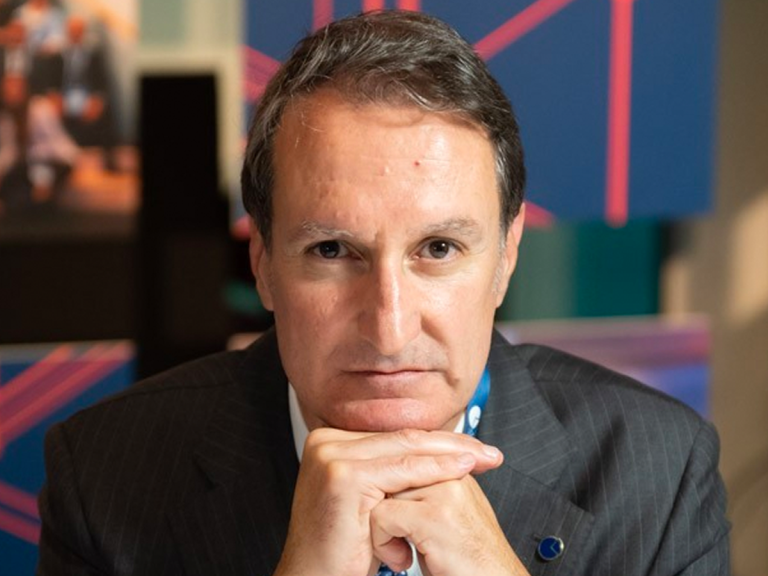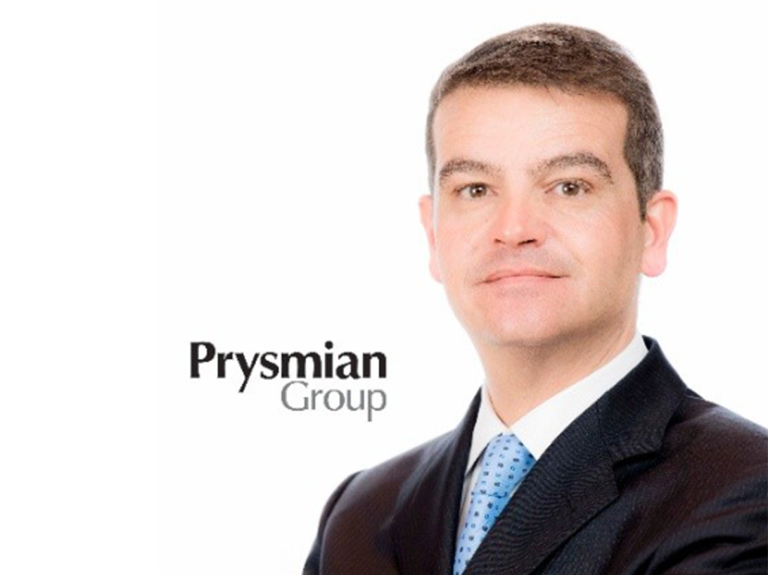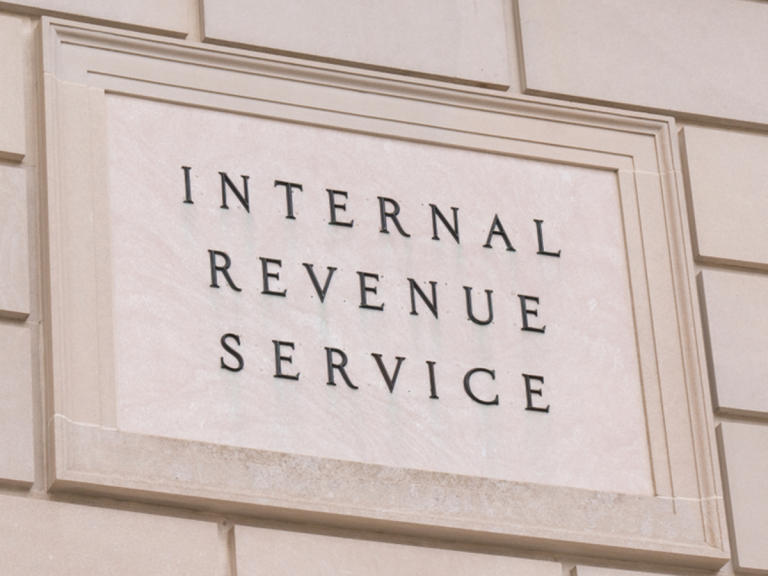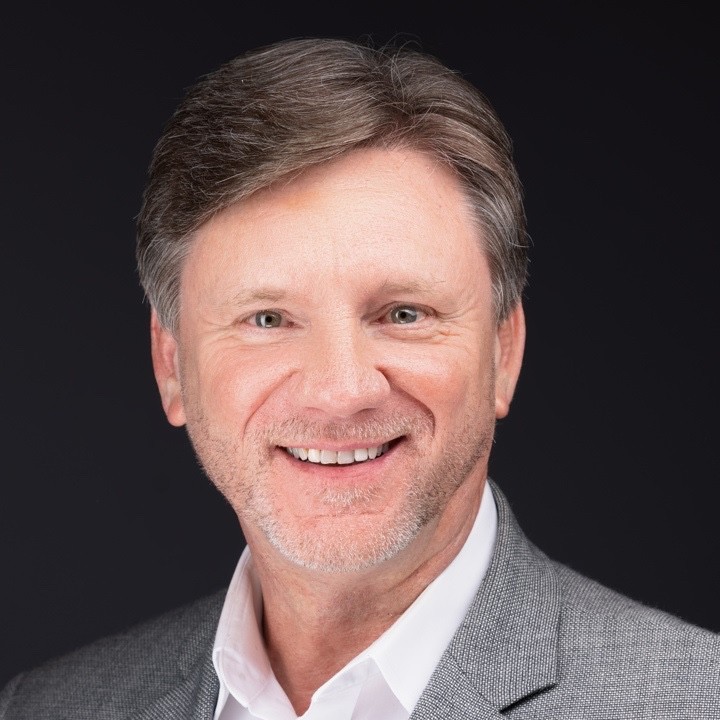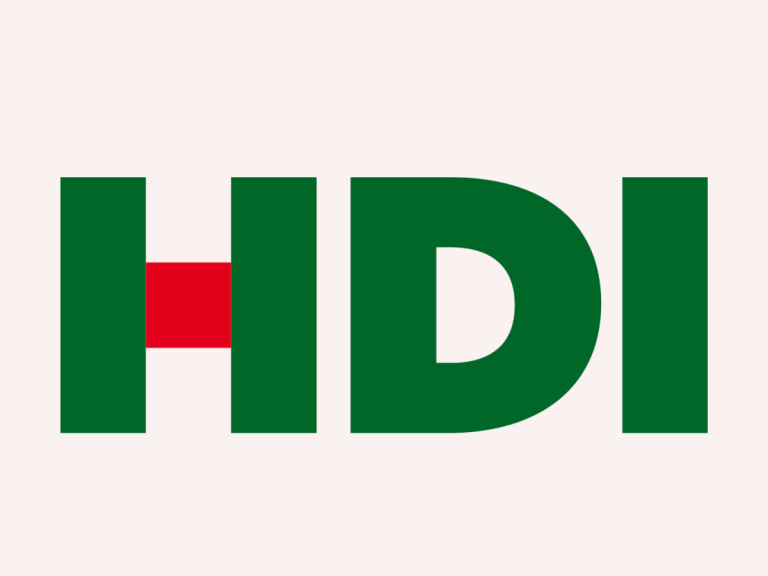While traditional property and casualty products are still the focus for HDI Global, the carrier is now looking to add additional lines of business to its fronting capabilities in the United States.
HDI appointed Jason Tyng in January 2023 as it entered the US captive fronting market and in May told Captive Intelligence it was targeting $100m in gross written premium within five to six years.
Subscribe to the Captive Intelligence newsletter to receive our FREE twice weekly updates with links to news, analysis and podcasts.
“We now also offer cyber, directors and officers, and construction products,” said Marco Hensel, senior vice president and underwriting lead at HDI Global, speaking on the Global Captive Podcast at the European Captive Forum in November.
“And within the next few weeks, also workers’ compensation, which is a great step to expand our offerings.”
Hensel said commercial auto is in the works too, which will hopefully be launched in 2024.
“We are also looking at medical stop loss, which we are currently reviewing and hopefully to get something off the ground within the next year.”
Jason Tyng, vice president and captive lead at HDI Global, said one of the major things HDI Global has seen recently is captives in the US being formed to initially cover their property risk as a result of commercial market conditions.
Captive Intelligence published a long read in July highlighting that the current environment for property risk has created the “perfect storm” for writing the line through captives.
“Where we may have started to see the traditional workers’ compensation, general liability and auto coverages, there’s now a movement towards starting with a property coverage instead,” he said.
“Because of the way the market is changing, we have seen some smaller risks because larger mid-market sized companies that maybe would not have [traditionally] been a candidate for a captive, are all of a sudden interested in forming a captive and taking more control.”
Nate Reznicek, president & principal consultant at Captives.Insure, said that when it comes to fronting, insurance is a “very large ship to steer” and sometimes a lot of capacity providers will never “veer off course” regardless of what the market says, until they are forced.
“We also see a need for the understanding that the insured or the captive is going to be in a position to take a very large, if not all of the risk back from the transaction,” he added.
Reznicek said that in this instance there needs to be some “common sense underwriting” from the carrier side, which does not necessarily always correlate in a very crowded US market.
“The most successful fronting providers have blended those things together where they have again taken a common sense approach to underwriting as well as flexibility and innovation in what is being offered.”


